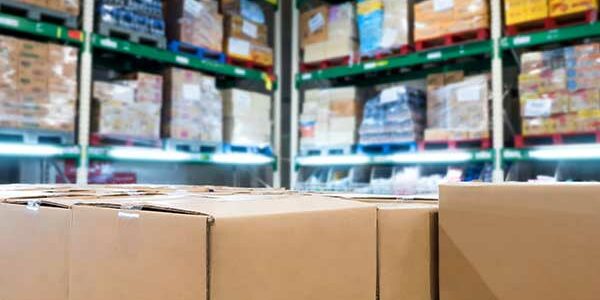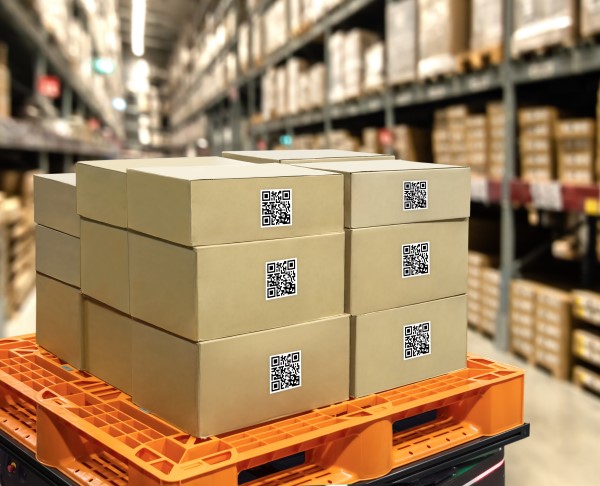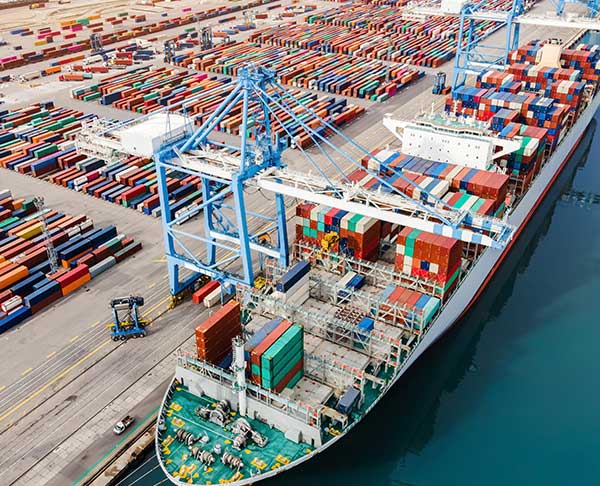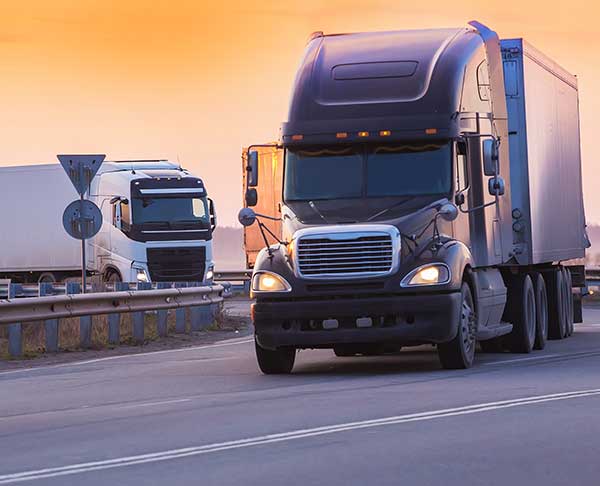
FINDING THE RIGHT LOGISTICS PARTNERS FOR YOUR RETAIL SUPPLY CHAIN
Effective supply chain management means identifying gaps and delays and working to optimize your operational systems to improve them. Especially over the past 12 months, retailers have been forced to place their supply chains under a microscope as constant shifts in demand, delivery mechanisms, and e-commerce volume have drastically transformed the retail landscape.
The Omnichannel Supply Chain
Even ahead of the pandemic, McKinsey identified omnichannel supply chains as the way of the future for retailers. This means optimizing not just one channel of delivery to consumers but optimizing across networks to create a truly comprehensive supply chain, no matter where the point of sale is. Much of these demands point back to the “Amazon effect,” where consumers have expectations of short delivery windows (sometimes same day) and the need for ease and convenience in the purchasing process.
An effective omnichannel supply chain is made up of a diverse set of key players, from manufacturers and distributors to customer-facing roles and online interfaces, retailers must stretch to create a seamless experience no matter where consumers interact with their brand, and that means getting the right merchandise where and when consumers want it. Whether they are browsing online and need home delivery sent out from a fulfillment center or they “click and collect” for an easy in-store pickup, your supply chain must be able to support the shifting demands of consumers and their shopping preferences.
Transportation Partners in the Retail Supply Chain
The omnichannel retail experience has expanded the logistics demands on retailers and their transportation partners. We’re no longer thinking about a distribution center for online orders and a store-front for in-person shopping. Merchandising managers now need to track and forecast demand in order to supply products to e-commerce distribution and pick-and-pack centers, in-store pickup staging areas, and merchandise the in-store shopping experience.
This increased demand comes with the potential for added lanes and transportation needs. As your network of distribution facilities grows to meet the shifting demands of consumers, your reliance on transportation partners will become even larger.
As you explore potential partners to help expand your supply chain you’ll want to make sure that these key stakeholders are best-fit to help you drive the growth and success you’re striving for.
Filling Lanes Not Loads
Our biggest piece of advice to retailers is to identify a transportation partner that can offer you longterm lane fulfillment, not the delivery of a single load. Find a partner that can provide consistency in meeting delivery windows and who can offer you the flexibility you need to continuously optimize your transportation solutions.
Avoid “Best-Priced” Solutions
Aim for identifying your best-fit provider, not your best-priced provider. While it’s easy to see savings up front on a low-cost partner, consider the long-term costs of late deliveries, delays, and damages from a partner that is not aligned with your business objectives.
3PL Partnerships Matter
When it comes to creating top transportation solutions, your 3PL relationships matter. An effective 3PL can help connect your business with the right transportation partners because they understand your business needs, as well as the needs, capabilities, and growth potential of their carriers. At Paystar we have a curated network of carriers that have been vetted and hand-selected by our team as the best-fit partners for the customers we serve. Interested in learning more about our process? Contact us today.
MORE ARTICLES

ONE YEAR OUT: HOW PANDEMIC SHUTDOWNS ARE IMPACTING SUPPLY CHAINS
Despite their best efforts, supply chains across industries are still in flux from the impact of global manufacturing and shipping shutdowns in spring 2020.



